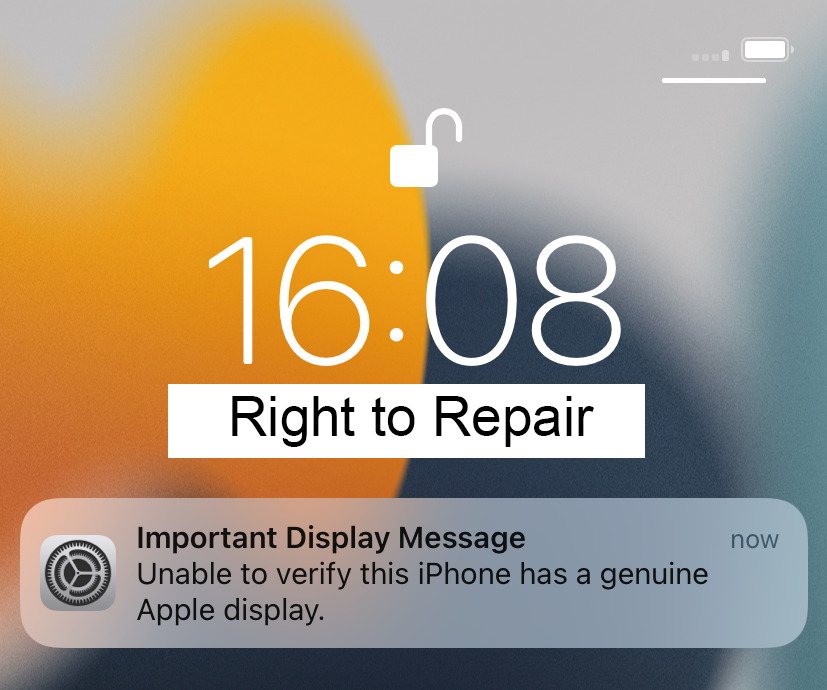Uncategorized
Serialization: How manufacturers make smartphone repairs more difficult with the SN number! [Englisch Version]
At some point everyone needs their smartphone repaired. Many repair shops offer these services. Regardless of whether it is a defective display, an aging battery or the camera is on strike. When the time comes, the necessary spare parts must be exchanged.
However, this is no longer so easy to implement. All smartphone manufacturers gives their devices a specific, unique serial number during production to clearly identify the device. Especially if the customer wants to report a warranty claim, the manufacturer can use the serial number to call up all the data.
For some time now, however, manufacturers such as Apple have been expanding the use of SN numbers, with the disadvantage that the ability to repair smartphones with spare parts from third-party providers is limited.

How does that work technically?
Apple links the serial number of its smartphones to components such as the display, battery, camera and even integrated processor chips. This means these components receive a separate chip in which the serial number of the iPhone is created. The in-house iOS software now retrieves all components with the created SN numbers every time the device is restarted and if this is not exactly the same as the serial number of the smartphone, you get an permanently alarm message in Settings that is not removable.
If the owner now has the display replaced, the iPhone recognizes a different serial number and the following message appears: „It could not be verified that this iPhone has an original Apple display“.
Even original screens arent OEM?!
Now you might think that no original display is used and that is why the error message appears, but you could also take two newly purchased iPhones and swap the displays on both.
The same error message appears on both devices despite the deliberately chosen original displays.
This is exactly where the right to repair is restricted.
With this measure, Apple itself eliminates repairs with original spare parts, since the iPhone does not differentiate whether original spare parts are used or not, but reports that any other display that has a different serial number is not an original display.
The same happens when replacing the battery, the rear camera or the Face ID.
Here the consumer is suggested that the repair is only possible if he goes to Apple for repairs.
This business practice is already known to the European Parliament and therefore demands the right to repair for products that are more durable and repairable.
How far Apple and Co. will still be successful with customers is unclear. Despite all the measures, these components can still be repaired. However, the time required has increased because the spare parts have to be modified in order to communicate the correct serial number to the iPhone. We have been monitoring this development for years and will continue to report updates in the future.
Editor: Granit Buja Repair Technician an publisher for many years in our company

